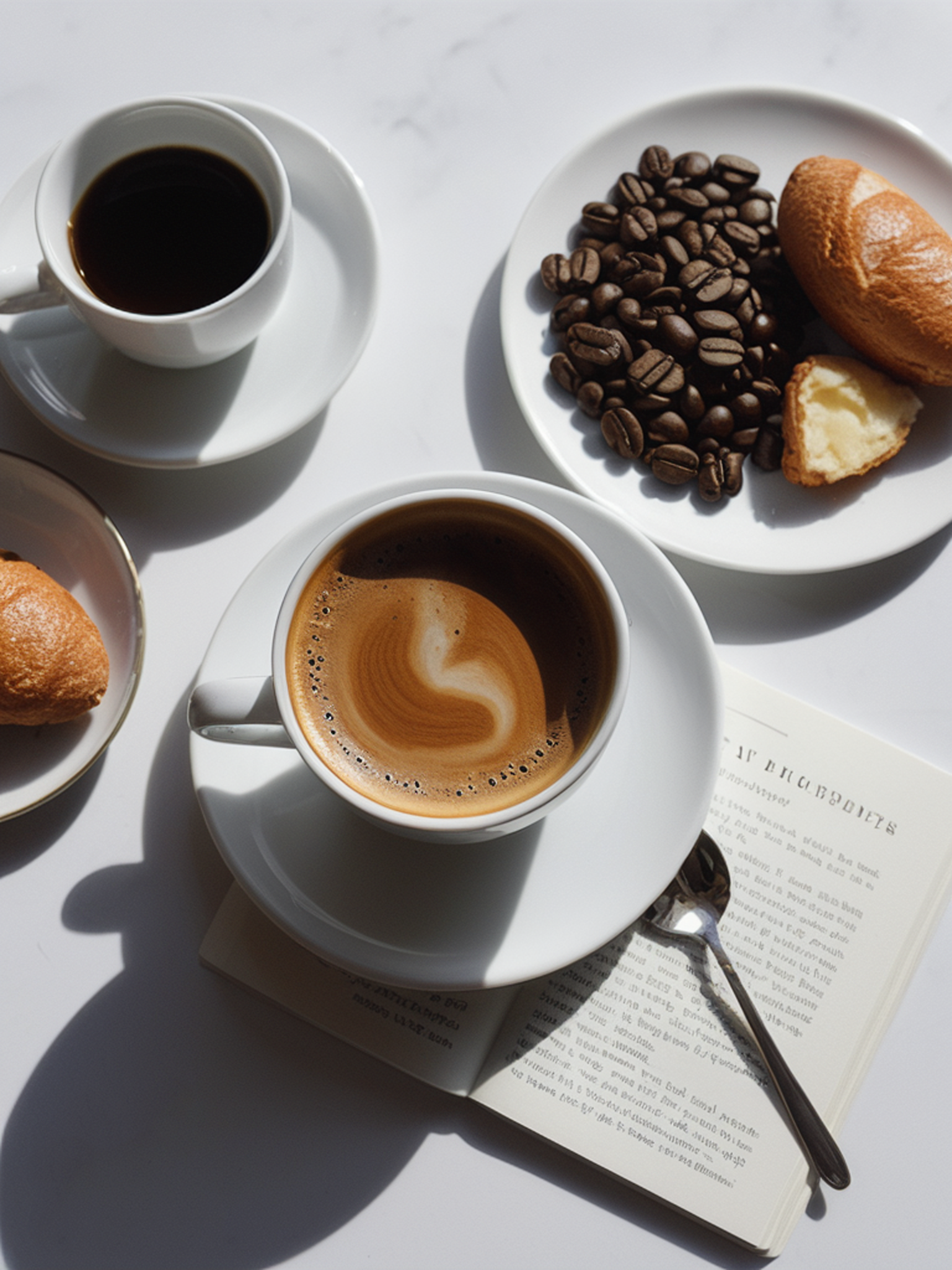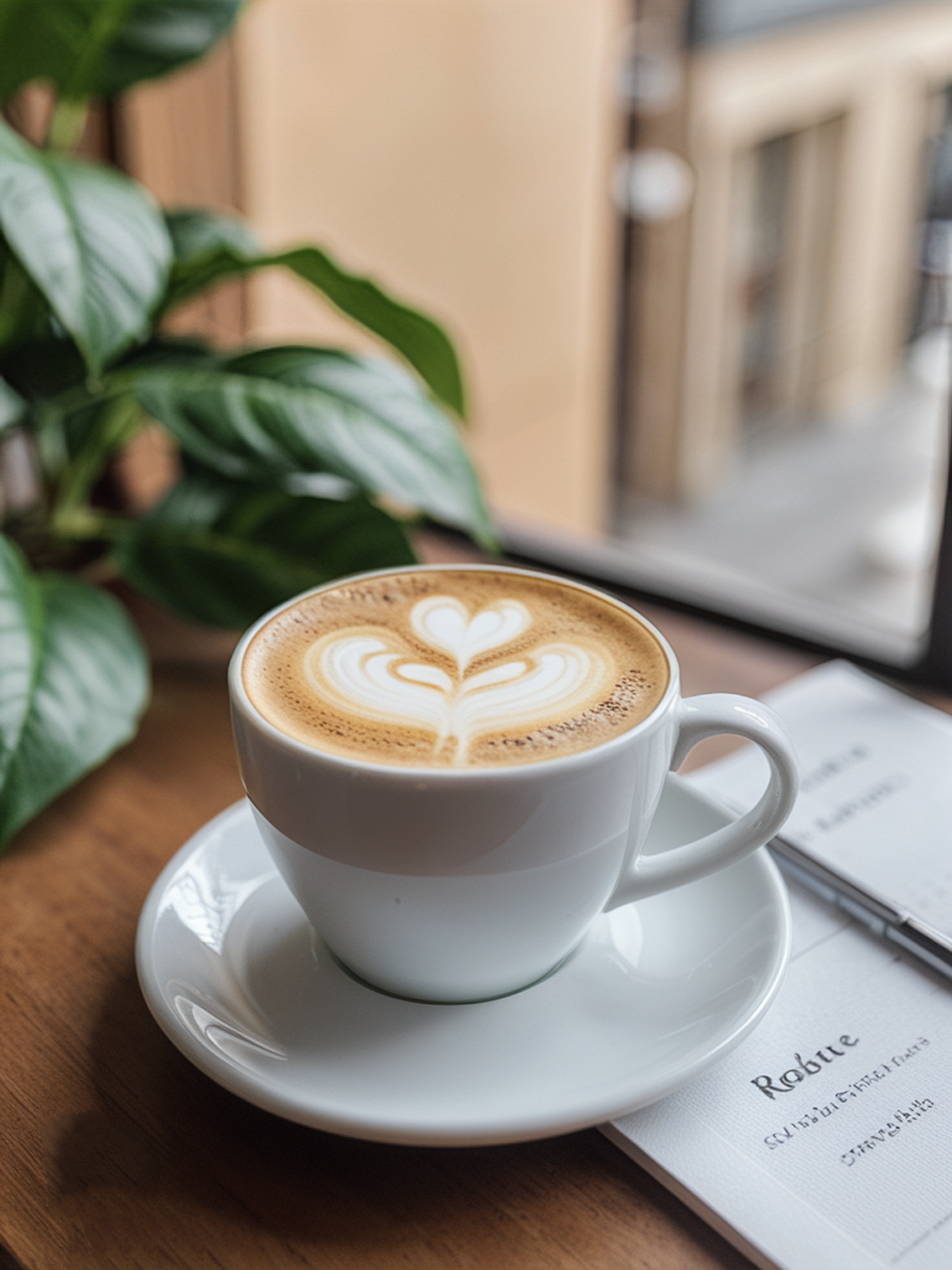Introduction
Coffee, one of the world’s most popular beverages, has a rich history dating back to ancient times. It is not only a source of energy but also an art form that requires skill, knowledge, and appreciation. In this article, we will explore the art and science behind coffee drinking, from its origins to its preparation methods and health benefits.
The Origins of Coffee
Coffee originated in Ethiopia, where it was first discovered by a goat herder named Kaldi. Legend has it that Kaldi noticed his goats becoming more energetic after eating the beans from a certain tree. He tried the beans himself and experienced the same energizing effects. From there, coffee spread throughout the Arab world and eventually to Europe, where it became a staple of social gatherings and intellectual discussions.
Coffee Beans and Roasting
Coffee beans are the seeds of the coffee plant, which grows in tropical climates. There are two main types of coffee beans: Arabica and Robusta. Arabica beans are considered higher quality and have a sweeter, more complex flavor profile. Robusta beans, on the other hand, have a stronger, more bitter taste and contain more caffeine.
Roasting is a crucial step in determining the flavor of coffee. The roasting process involves heating the beans to high temperatures, causing chemical changes that affect their color, aroma, and taste. Light roasts preserve more of the bean’s original flavor, while dark roasts develop deeper, richer flavors with less acidity.
Preparation Methods
There are many ways to prepare coffee, each resulting in a unique taste and experience. Some popular methods include:
1. Espresso: A concentrated coffee made by forcing hot water through finely ground beans at high pressure.
2. Drip brewing: Hot water is poured over ground coffee beans in a filter, allowing the coffee to drip into a pot or carafe.
3. French press: Ground coffee is steeped in hot water and then pressed to separate the grounds from the liquid.
4. Cold brew: Coarsely ground coffee is steeped in cold water for several hours, producing a smooth, low-acidity coffee.
Health Benefits
Coffee is not only delicious but also has numerous health benefits when consumed in moderation. Studies have shown that regular coffee consumption can reduce the risk of chronic diseases such as diabetes, Parkinson’s disease, and liver disease. Additionally, coffee contains antioxidants that help protect against cellular damage caused by free radicals.
Conclusion
Coffee drinking is an art form that combines science, tradition, and personal preference. By understanding the origins, roasting process, preparation methods, and health benefits of coffee, we can appreciate this beloved beverage even more. So next time you savor a cup of coffee, remember that you are participating in a centuries-old tradition steeped in history and culture.
Experience the art and science of coffee drinking in the comfort of your own home with our state-of-the-art coffee machines. Designed to recreate the rich history and tradition of coffee, our equipment brings the café experience to your kitchen. With precision and ease, you can explore various preparation methods, from espresso to cold brew, and unlock the full potential of high-quality coffee beans. Embrace the health benefits and cultural significance of coffee as you savor every aromatic brew—a testament to the sophistication of your coffee-drinking habits.



Post time: Jul-08-2024
